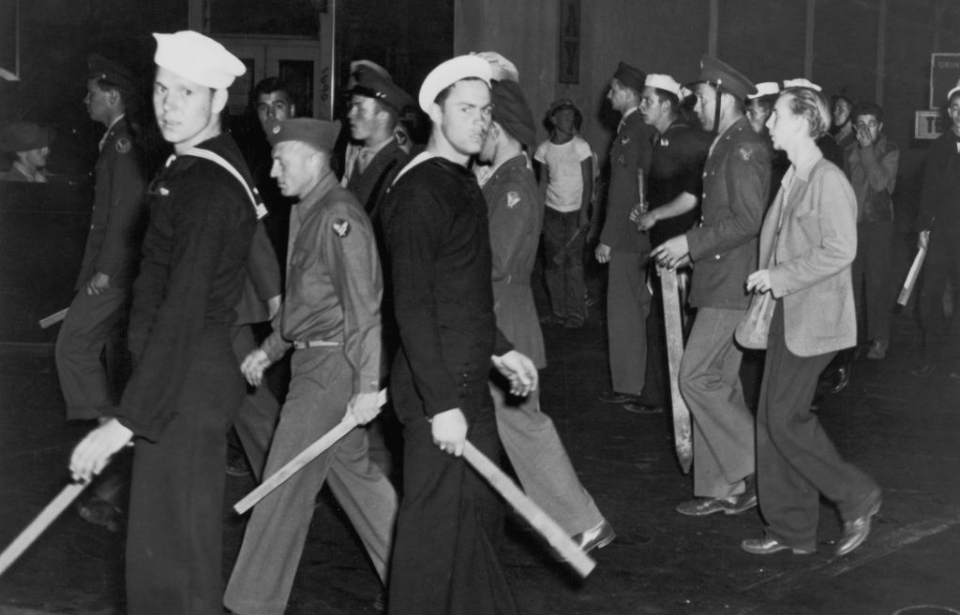California is one of America’s largest states and also one of the most unique. During the 1940s, it had a culture all its own and some tried to push back against the state’s multiculturalism with what became known as the “Zoot Suit Riots.”
California’s Mexicans had their own culture
California was part of Mexico prior to joining the United States in 1850. As a result, many people of Mexican heritage lived and worked in the area. Inspired in part by the music of Eduardo “Lalo” Guerrero, Chicanos (an identifier for Mexicans born in the US) aspired to have their look, and many young Chicanos living in Southern California during the late 1930s and early ’40s wore what were called “Zoot Suits.”
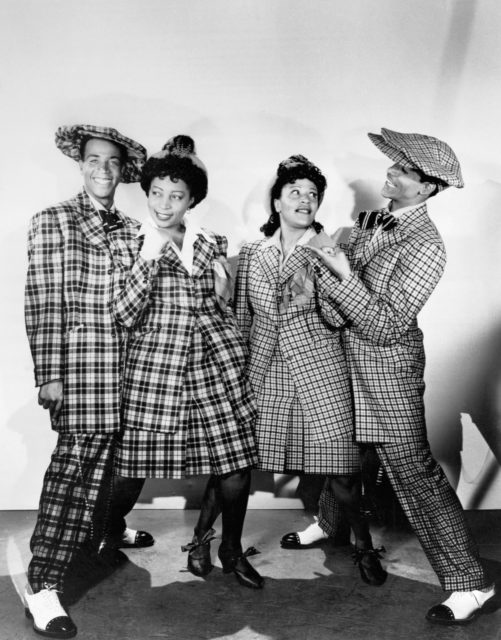
The Zoot Suit was composed of high-waisted, baggy pants and a long coat with wide lapels and padded shoulders. The outfits were often complemented with chain wallets and patent leather shoes. They were popularized by jazz singer Cab Calloway in the 1930s and worn by youths across the country.
The Sleepy Lagoon murder inflames tensions
On August 2, 1942, a man named José Gallardo Díaz was found dying near a swimming hole in Commerce, California. Díaz was out partying, and he and his friends had encountered another group that was angered by an earlier fight. A week after Diaz was found, 600 Chicano youths were brought in for questioning. Eventually, 17 were charged with murdering the young man.
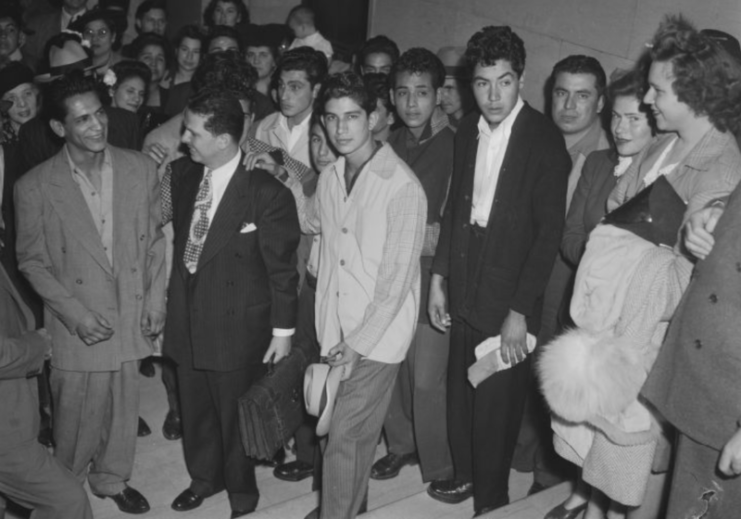
Only 12 of the young men were found guilty of murder, while the over five were convicted of assault. The media sensationalized the trial and painted Chicano Zoot Suiters as dangerous and lawless. It should be noted the convictions were overturned in 1944, following the Zoot Suit Riots.
The riots begin
During the summer of 1943, tensions were high between White servicemen and those of Mexican descent, as many viewed those who wore Zoot Suits as “draft dodgers.” In reality, they were largely too young to join the military.
The riots began with a fight between uniformed sailors and a group of youth. In retaliation, sailors from the nearby US Naval Reserve came to downtown Los Angeles and began attacking anyone wearing a Zoot Suit. Over the next few days, thousands of sailors took to the streets – joined by civilians – and searched for Zoot Suiters.
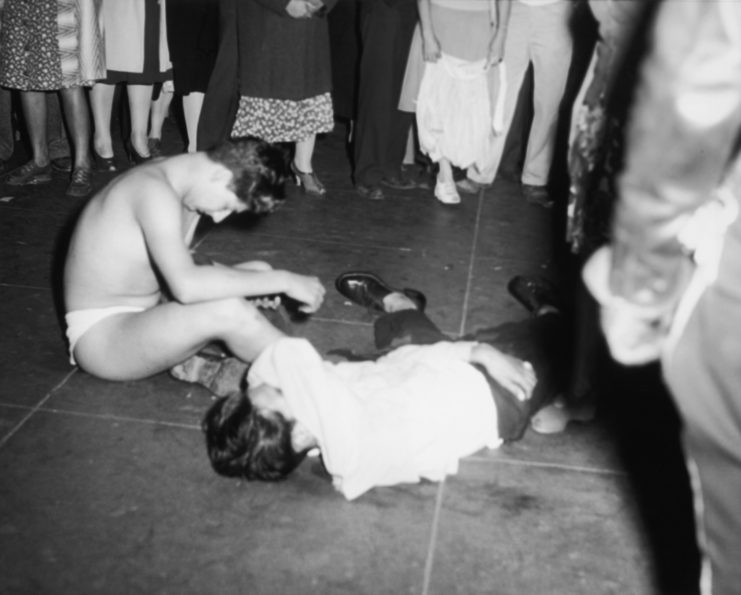
The local media took the side of the aggressors and pushed racist, sensationalist headlines. The police force also seemingly took the side of the sailors and civilians. In response to the riots, City Council criminalized the wearing of Zoot Suits. The US military also banned sailors and Marines from going to Los Angeles during their downtime.
The coverage of the riots led to incidents in a number of US cities. There were attacks on Latinos in Chicago, San Diego, Oakland, Evansville, Philadelphia and New York City.
The aftermath
The main concern for the state of California was relations with Mexico. The state relied on low-cost labor from the neighboring country and Mexican labor was crucial to the farming economy. After the Mexican embassy lodged a complaint, the state formed a commission to investigate the matter. At the end of the probe, Mayor Fletcher Bowron announced the riots were due to soldiers from the Southeast US and had little to do with Los Angeles.
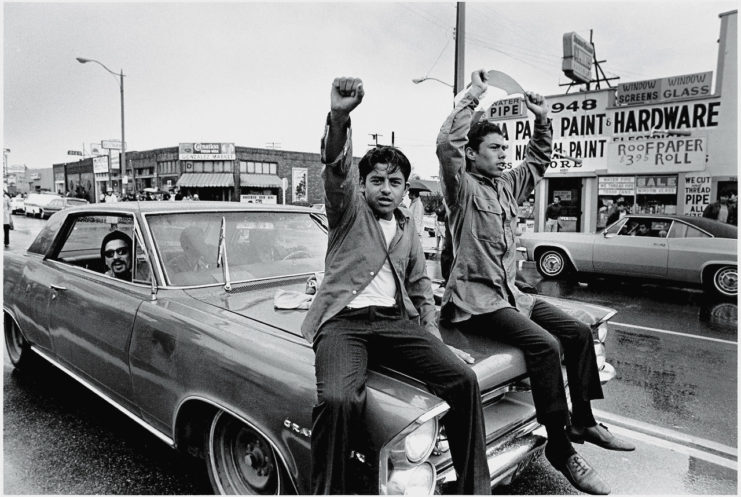
First Lady Eleanor Roosevelt also weighed in on the matter, writing, “The question goes deeper than just suits. It is a racial protest. I have been worried for a long time about the Mexican racial situation. It is a problem with roots going a long way back, and we do not always face these problems as we should.” She was accused of creating racial tension with her response.
The Zoot Suit Riots were an important event to those participating in the Chicano Movement of the 1960s and ’70s. Those involved chose to reject assimilation and be proud of their heritage. The defiance of the Zoot Suiters from the 1940s was looked at with pride.
